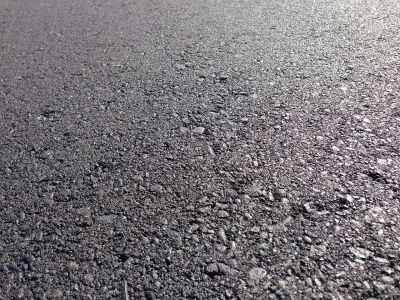
Newly paved segment of Alternate U.S. Route 93 in Elko County, Nevada
By Famartin (Own work) [CC BY-SA 3.0 (http://creativecommons.org/licenses/by-sa/3.0)], via Wikimedia Commons
Around 70 % of Europe's road, tunnel and bridge infrastructure is made of concrete whose structural stability can be compromised by water and other substances that enter through cracks. Novel self-healing concrete should solve the problem.
Inspection, maintenance and repair of reinforced concrete structures are
time-consuming and costly, and many structures are difficult to access.
Novel self-healing concrete developed within the EU-funded project
'Self-healing concrete to create durable and sustainable concrete
structures' (
HEALCON) will minimise
problems. Scientists have focused on early-age cracks and those due to
mechanical loading or bending — cracks where self-healing concrete could
have the greatest impact.
Early-age cracking associated with drying shrinkage and aggravated by thermal effects demands liquid tightness. The team is exploring the use of inelastic bacteria hydrogels to solve the problem. Researchers are optimising precipitation of calcium carbonate (a component of lime and cement) by micro-encapsulated bacterial spores. Another strain of spores is resistant to the low pH values characteristic of the corrosion environment of steel reinforcement. The bacteria have been successfully incorporated into expanded clay particles. The team is currently evaluating coating options.
Insoluble superabsorbent polymers are also excellent candidates to solve water problems due to their ability to absorb and retain extremely large amounts of liquid in comparison to their masses. Researchers have developed superabsorbent polymers, cross-linked to form hydrogels, with better swelling ability and also some that are sensitive to pH.
Encapsulated polymers are under development to solve the problem of bending cracks due to dynamic loading. The team is optimising the use of glass-encapsulated commercial polyurethane-based polymer precursors. Scientists are also investigating encapsulation in polymeric spherical capsules, working on increasing durability during mechanical mixing.
Materials and processes are being validated with computer models and non-destructive testing (NDT). Simulations of both the fracture and healing processes have provided insight regarding the most important parameters for better predictive models. Three-point bending tests on concrete beams containing encapsulated polyurethane demonstrated the ability of several different NDT techniques to quantify self-healing.
Concrete remains one of the most important building materials and yet it has not changed substantially to reflect new technologies. HEALCON is making an important contribution to the fate of European infrastructure with the development of self-healing concrete. It will enhance longevity while decreasing the complexity, time and cost associated with inspection, maintenance and repair.

